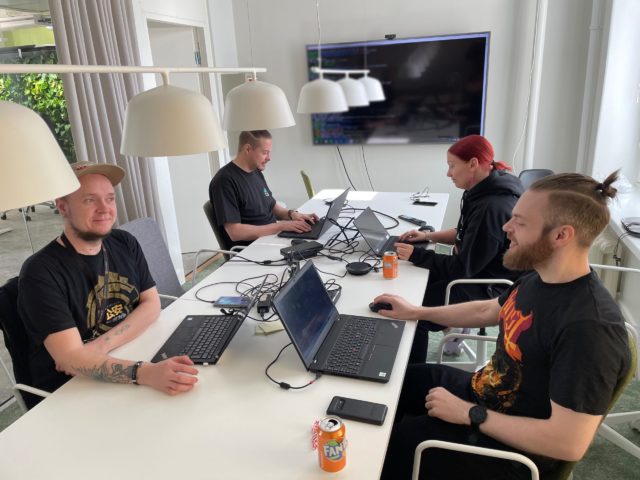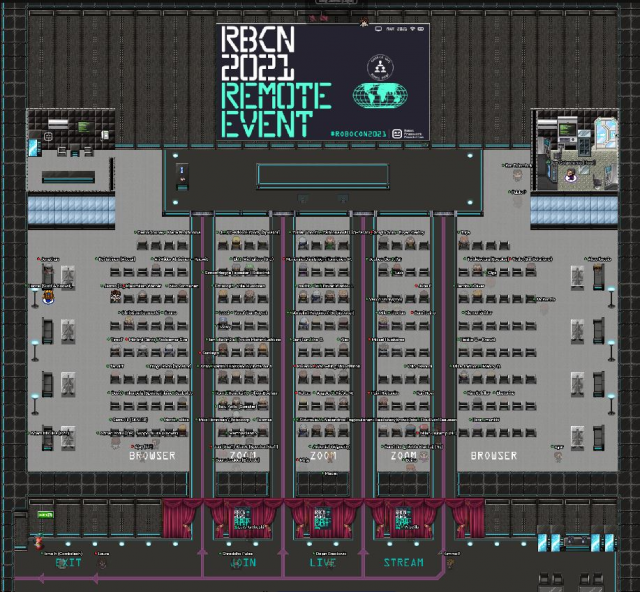RoboCon 2022
RoboCon2022 introduced the latest and greatest public release of the RF 5 and a whole host of different RF ecosystem items.
The fifth annual Robot Framework (RF) conference was just held in Helsinki. Unlike last year’s solely virtual conference, it was a hybrid one this time around. RoboCon2022 introduced the latest and greatest public release of the RF 5 and a whole host of different RF ecosystem items.
At its 58th release, this open-source automation framework, RF is going ever stronger. Its generic approach to automation continues to make it usable for almost any scenario you might be faced with be it for test automation or robotic process automation (RPA). Its capabilities can be extended by libraries in Python, Java, and a range of other programming languages. RF’s ecosystem has constantly grown and reportedly has tripled in terms of its editors, linters, libraries, and a whole lot of tools to aid and enhance automation. It continues to be free to use and no licensing costs are attached at any level.
Anyhow, the 5th major release of the automation framework, the RF 5 was the highlight of the conference keynote. And, finally, it’s time to say bye-bye to Python 2 cuz the minimum required for RF 5 is 3.6. But if you must, and really, really insist on Python 2 then you’re welcome to use the versions before this one up until RF 4.1.3.
RF 5 introduces some nice new syntaxes though:
- TRY/EXCEPT
- WHILE
- Inline IF
- RETURN
- CONTINUE/BREAK
Check out the full list of fixes and enhancements here. And, check this out for the development milestones and upcoming release details.
There’s been a bunch of new additions and enhancements to the RF ecosystem, like:
- RobotCode – Visual Studio Code extension for RF
- Jupyter kernel aka RobotKernel – RF IPython kernel for Jupyter Notebook and JupyterLab
- Sherlock – Tool to analyze RF code for not used code, code complexity, or performance issues
- RoboSwag – Tool for REST API testing
- Oxygen – Converts results from other test tools to RF format
Also: Here‘s a good list of resources to check out.
One of the less talked about areas in the RF world currently belongs to the realms of style and best practices. You could probably argue that there is a great deal of technical documentation available and some great enforcement tools are too out there but unlike languages like Java or Python, RF has actually enjoyed too much freedom in terms of how to write the minimum user-friendly code. So, in the absence of an established style guide, RF might have actually been at a disadvantage when it comes to introducing it to newcomers as to how to write clean and informative code from day one. This also means that each company implementing automation using RF might have done the extra work of writing a company style guide. Which is good and bad, good in the current project in some company but in a different company with a new project you might need to do some unlearning in addition to learning to adapt their individual style of RF coding. So, a call for guides is out with this Robocon2022! And they are inviting ideas and are really wanting to get the RF tribe involved in putting together an official style guide. Here’s the Robot Framework Slack channel for #style-guide, and there’s also a repo robotframework-style-guide on Github set up for contributions.
So let’s get Robot Frameworking!
Sayed Tenkanen, Specialist Engineer, Test Automation
31.05.2022 | Events

Robot Framework Hackathon

Symbio technology webinar – IoT product development with Elysian

